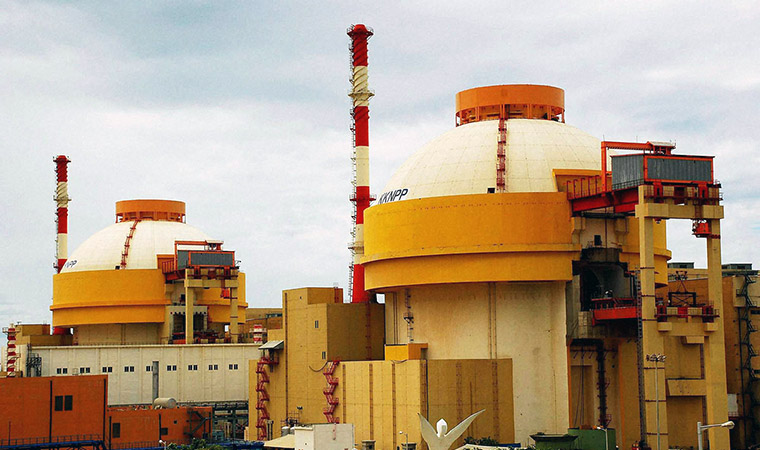
Tests successful at Kudankulam Unit Two
back to contentsHot functional testing is a comprehensive check of all systems and equipment before the reactor startup. In fact, this is the last check before nuclear fuel is loaded into the reactor core.
During hot functional testing, all process and control systems in Unit Two and the nuclear station are verified to be functioning as designed.
Kudankulam Unit Two is expected to be put in operation this year. Regulatory approval is awaited to remove dummy assemblies and load fuel, informs The Hindu. The test report has already been submitted to the supervision authority.
“If we obtain a permit from the Atomic Energy Regulatory Board in the near future, we will be able to complete fuel loading in June and the reactor will go critical by the end of July,” the newspaper cites its source.
Today Russia is the only country carrying out nuclear projects in India. Kudankulam NPP Unit One is India’s most powerful nuclear reactor compliant with the strictest safety standards. The nuclear station was put in operation in 2013.
Last spring Russia and India signed a framework agreement to build the third and fourth units at Kudankulam. Construction documents were signed in December.
India has far-reaching plans in the field of nuclear energy. In July 2014, the Indian Government set a target of tripling its 4,780 MW nuclear power capacity within the next 10 years and reaching 63,000 MW by 2031–32. The Government has approved four basic sites for the nuclear plant construction involving foreign companies – Jaitapur in Maharashtra (NPP to be constructed by France), Chhaya Mithi Virdi in Gujarat and Kovvada in Andhra Pradesh (six 1,000 MW reactors to be constructed by the US on each site), and Haripur in West Bengal (NPP to be constructed by Russia).
Furthermore, India plans to build four reactors at two nuclear stations on its own. These plans were announced on Thursday by India’s Minister of State for Atomic Energy and Space Jitendra Singh in his written reply to the parliamentary request.
“At present, four indigenous nuclear reactors – KAPP 3 and 4 (700 MW each) at Kakrapar, Gujarat and RAPP 7 and 8 (also 700 MW each) at Rawatbhata, Rajasthan – are under construction and expected to be completed by 2019,” says the reply.
In addition, a 500 MW prototype fast breeder reactor is about to be commissioned at Kalpakkam, Tamil Nadu.




